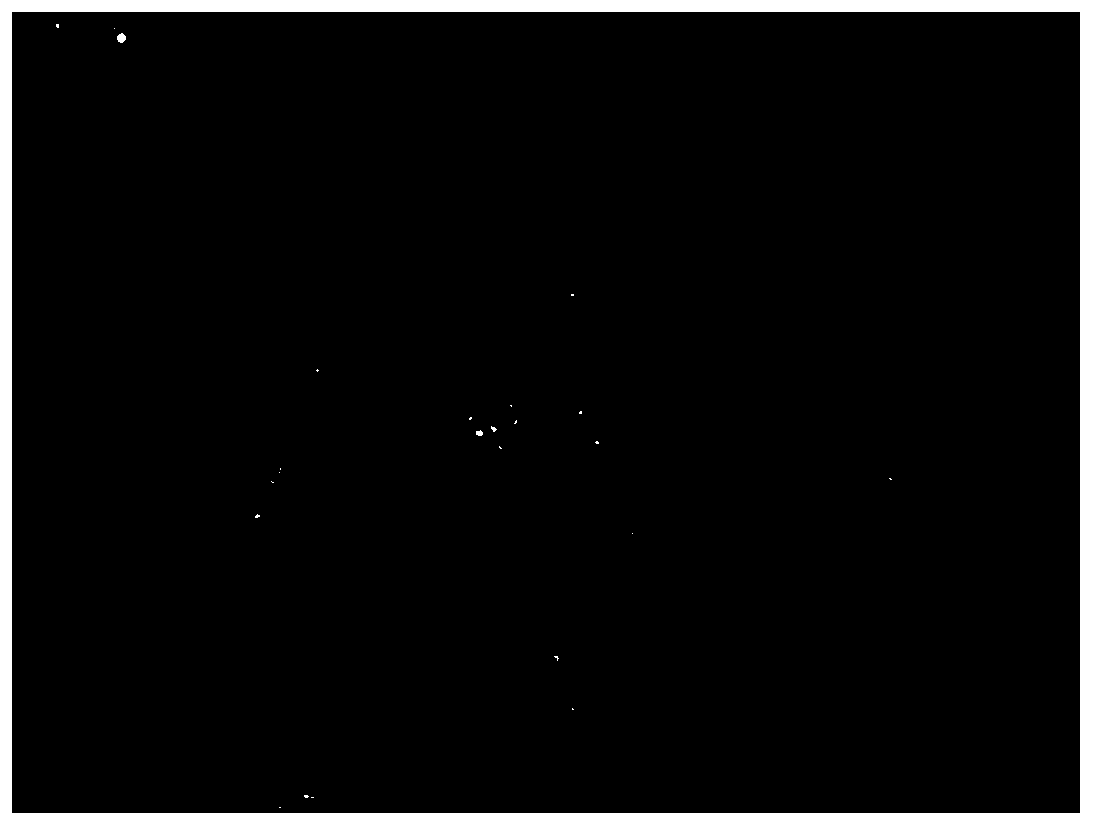Eurotium cristatum selenium-enriched strain and domestication and fermentation method
A technology of R. coronoides and a fermentation method, which is applied to the fields of selenium-enriched strains of R. coronoidans and the fields of domestication and fermentation, can solve the problems of low conversion rate and large body irritation, and achieves the effect of meeting the needs of industrialized production.
- Summary
- Abstract
- Description
- Claims
- Application Information
AI Technical Summary
Problems solved by technology
Method used
Image
Examples
Embodiment 1
[0025] Example 1 Screening of selenium-enriched wild strains of R. coronoidans
[0026] Weigh 10g of Fuzhuan tea with bright yellow closed capsules from the commercially available "Jingwei Fucha" in Xi'an, put it in a mortar and roughly crush it, and then add 90mL of sterile water with 3-5 glass beads in the Erlenmeyer flask. Shake and mix at 150rpm for about 30min. Take 1 mL of the spore mixture to make a 10-fold gradient dilution with sterile water, and select 10 -3 and 10 -4 Two gradients of spore suspensions were drawn and spread on PDA solid medium containing 10 mg / L selenium, and cultured at 30°C for 60 h. The colonies with larger colonies and bright yellow color were picked and streaked on PDA plates containing 10mg / L selenium element to continue screening for 8-10 generations.
Embodiment 2
[0027] Example 2 Mutagenesis, domestication and isolation and purification of wild strains
[0028] The bacterial moss screened in Example 1 was eluted with sterile physiological saline, and dispersed with glass beads, and the concentration was adjusted to 2 × 10 6 -2×10 8 spore suspension of spores / mL, draw a certain amount of spore suspension and place it in a petri dish (so that the liquid level does not exceed 3mm), irradiate it with a 20W UV lamp at a distance of 30cm for 25min, and absorb 0.1mL of the bacterial suspension. PDA solid plates containing various concentrations (0; 5; 10; 15; 20; 25 mg / L) of inorganic selenium and coated. Incubate at 30°C for 60h. Select several colonies with larger colonies and bright colors on different concentrations of selenium and streak them on the PDA solid plate containing 10 mg / L inorganic selenium, compare the colony size and colony appearance again, and select the largest colony and the brightest color as the dominant bacteria. ...
Embodiment 3
[0030] Example 3 Preservation of selenium-enriched strains of R. coronoidans
[0031] Pick the selenium-enriched selenium-enriched R. coronoides fungus moss screened in Example 2 on a solid PDA slant, cultivate at 30°C for about 60 hours, add 20 mL of sterile water, and scrape the fungal moss with a bamboo stick. After mixing, the spore concentration is about 2×10 6 --2×10 8 pcs / mL. Add PDA liquid medium containing 50% glycerol at a volume ratio of 1:1 and mix well. Pre-frozen at -20°C first, and then transferred to -80°C for medium and long-term storage, the spore germination rate is above 90%.
PUM
 Login to View More
Login to View More Abstract
Description
Claims
Application Information
 Login to View More
Login to View More - R&D
- Intellectual Property
- Life Sciences
- Materials
- Tech Scout
- Unparalleled Data Quality
- Higher Quality Content
- 60% Fewer Hallucinations
Browse by: Latest US Patents, China's latest patents, Technical Efficacy Thesaurus, Application Domain, Technology Topic, Popular Technical Reports.
© 2025 PatSnap. All rights reserved.Legal|Privacy policy|Modern Slavery Act Transparency Statement|Sitemap|About US| Contact US: help@patsnap.com



